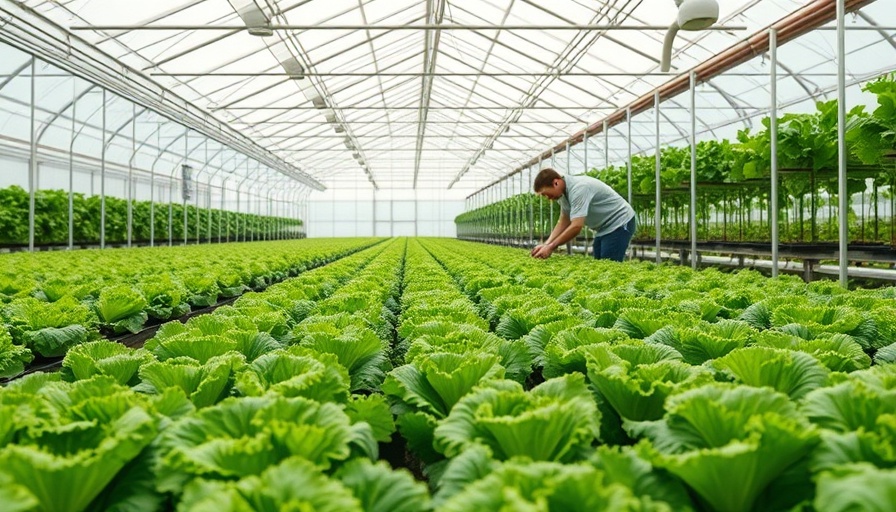
Revolutionizing Food Production with Waste Energy
In an ambitious project slated to launch in 2027 in Bradwell, Essex, plans are underway to create what could become Europe's largest low-carbon horticulture facility. The innovative Rivenhall greenhouse aims to utilize waste heat generated from household waste, transforming a significant environmental challenge into a robust food production solution. By harnessing this energy to power a sprawling 40-hectare greenhouse, the facility is set to produce around 30,000 tons of tomatoes annually, which would contribute to about 6% of the UK's tomato consumption.
Closing the Loops: Waste Management and Food Security
This project seeks to tackle two pressing issues simultaneously: waste management and food security. By incinerating Essex's household waste instead of sending it to landfills, this initiative significantly reduces the methane emissions produced by rotting waste, a gas far more harmful to the environment than carbon dioxide. Additionally, growing food locally can mitigate the impact of climate-related stresses on edible supply chains, reducing dependence on imported goods that may suffer from droughts or water scarcity.
Powering the Greenhouse: How Waste Turns into Energy
The Rivenhall facility integrates several innovative approaches. By processing waste on-site, the steam produced from incineration will not only drive turbines to create electricity but also maintain a consistent temperature in the greenhouse throughout the year. A carbon capture system will extract an estimated 20,000 tons of carbon dioxide annually from emissions, enriching the greenhouse environment further and increasing plant growth efficiency.
Understanding the Environmental Impact
While the concept of incinerating waste to grow food might seem counterintuitive at first, it can actually be advantageous compared to current practices. Incineration, when well-managed, presents a lower net carbon footprint than landfill disposal. In 2023, approximately 30.8% of household waste in England ended up in landfills, contributing heavily to greenhouse gas emissions from decomposing waste.
An Integrated Approach to Sustainable Living
The greenhouse will include both traditional and innovative farming methods, like a vertical farm housed in a repurposed RAF hangar. By stacking crops in layers, the facility maximizes the use of space and light, enabling year-round production of leafy greens. This modern farming approach embodies a shift toward sustainability, drastically reducing reliance on fossil fuels and climate-sensitive imports, and creating a resilient local food system.
What This Means for the Future
The Rivenhall greenhouse represents a significant step towards more sustainable agricultural practices that prioritize local production and energy reuse. While its carbon capture efforts are modest and may not eliminate all emissions, they are a start in addressing the complex relationship between waste management and food production. This initiative is an exciting blueprint that other regions could emulate, showcasing how innovative solutions can foster environmental stewardship while meeting food supply challenges.
 Add Row
Add Row  Add
Add 




Write A Comment